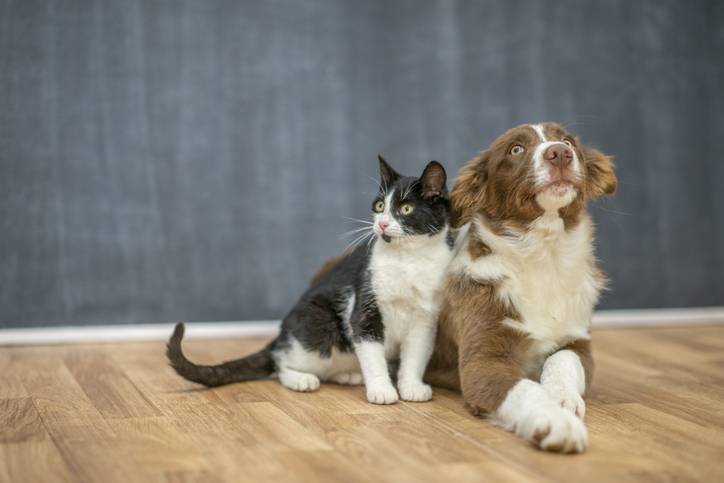The newly revised document addresses key nutritional considerations for pet food manufacturers, offering comprehensive guidance based on life stages, health conditions, and activity levels of pets.
This update is the result of extensive peer review by FEDIAF’s Nutrition Working Group and Scientific Advisory Board (SAB), which consists of independent nutrition scientists from both academia and private consulting firms across Europe.
The revised guidelines offer several important updates. Notable revisions include guidance on balancing high fat and protein levels in dog food and adjustments to the footnote on inorganic phosphorus for cats. That particular amendment references new research relative to the long-term feeding of cats, Alice Tempel Costa, deputy secretary-general of FEDIAF, tells us.
“These guidelines incorporate the latest scientific research, including data from the National Research Council (NRC), providing a practical framework for manufacturers to develop both complete and complementary pet food recipes,” she continues.
She maintains that an improved layout makes the guidance easier to read: “The document also includes a glossary of key terms, explanations of ingredients, and detailed information on energy requirements, along with annexes on body condition scoring and the risks associated with certain human foods for pets.”
FEDIAF represents national pet food associations from the EU, Norway, Switzerland, and the UK, covering approximately 150 pet food companies, which account for 95% of the pet food market in Europe.
Key objectives of the guidelines
The FEDIAF guidelines aim to achieve several key objectives:
- Support the production of nutritionally balanced pet food: The guidelines are designed to ensure that pet food manufacturers create nutritionally sound products in compliance with EU regulations on animal nutrition.
They incorporate the latest scientific knowledge on cat and dog nutrition to:
- Offer practical nutrient recommendations for formulating products tailored for adult maintenance, growth, and reproduction.
- Assist manufacturers in evaluating the nutritional quality of pet foods for healthy animals.
FEDIAF says the guidance should serve as the primary reference for pet nutrition in Europe:
The document is intended as a key resource for EU and local authorities, consumer organizations, pet care professionals, and consumers.
Another aim is to promote collaboration within the industry. By providing scientifically grounded information on pet food formulation and assessment, the organization says the guidelines foster cooperation between manufacturers, pet care experts, and regulatory bodies.
They are also meant to complement existing FEDIAF resources, with the guidelines working alongside FEDIAF’s Guide to Good Practice for the Manufacture of Safe Pet Foods and the Guide to Good Practice for Communication on Pet Food.

